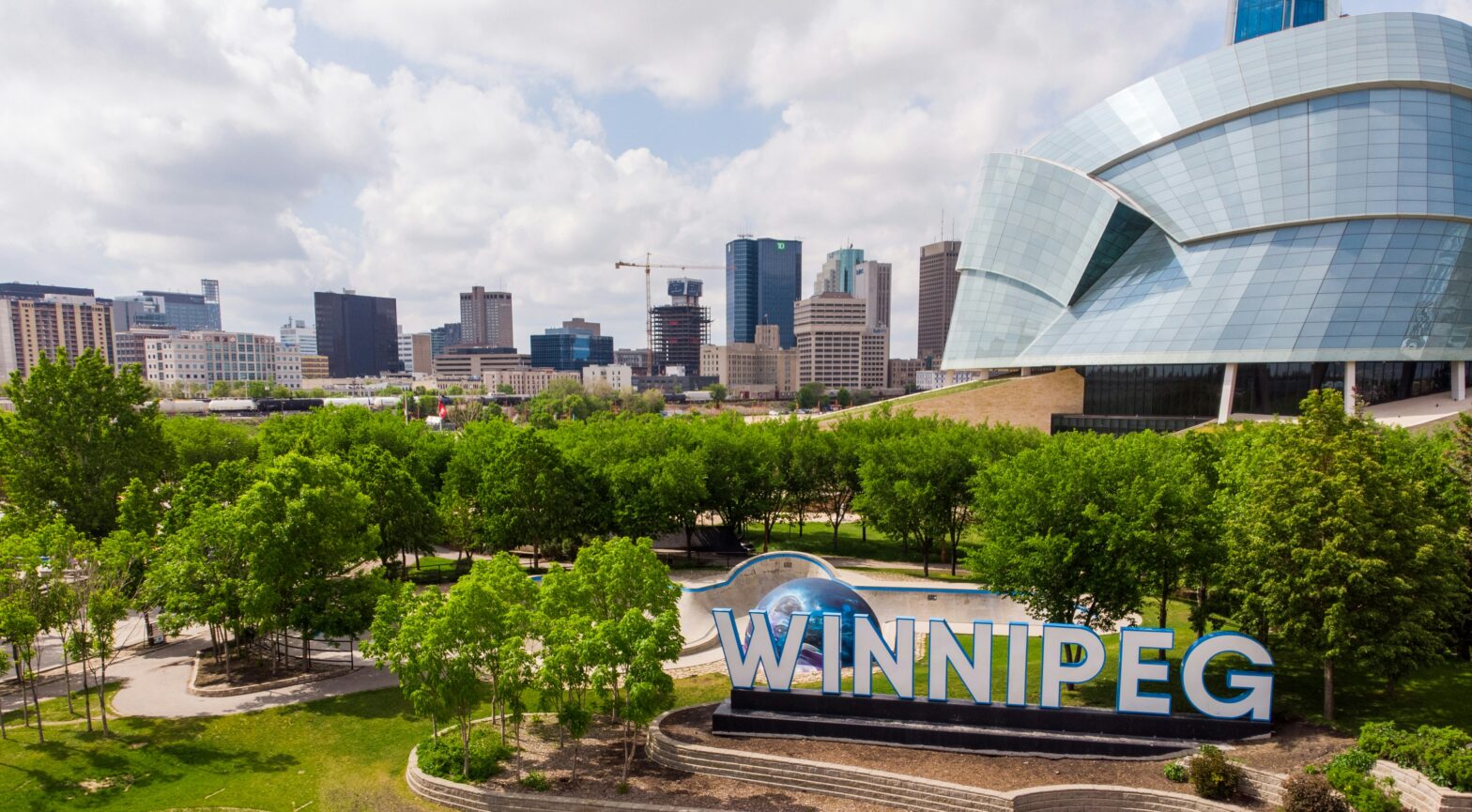Prioritizing passenger and crew safety, Southwest Airlines has changed its in-flight procedures. Starting December 4, 2024, the popular carrier will conclude its cabin service earlier than usual. This decision aims to reduce the risk of turbulence-related injuries.
Under the new guidelines, flight attendants will begin preparing the cabin for landing at 18,000 feet, a substantial change from the previous 10,000-foot mark. This adjustment means passengers must stow their belongings, secure their tray tables, and finish their drinks and snacks earlier in the flight.
A Southwest spokesperson explained the rationale behind this decision to USA Today, stating that the change is “designed to reduce the risk of in-flight turbulence injuries for our crew members and customers.” The airline emphasizes that this move results from close collaboration with labor partners and a robust approach to safety management.
Rising Concerns Over Turbulence And Impact On Southwest Airlines’ Passengers
The decision comes amid growing concerns about the impact of turbulence on flight safety. According to the National Transportation Safety Board, more than one-third of all airline incidents in the United States from 2009 through 2018 were related to turbulence. Most of these incidents resulted in one or more serious injuries despite causing no damage to the aircraft.
A tragic incident in May 2024 revealed the potential dangers of severe turbulence when a 73-year-old man died on board a Singapore Airlines flight over the Indian Ocean. This event and increasing turbulence-related injuries have prompted airlines worldwide to reassess their safety protocols.
This change might initially seem inconvenient for Southwest passengers, particularly those on shorter flights. Travelers accustomed to working on laptops or enjoying in-flight entertainment until the flight’s final moments will need to adjust their habits.
Southwest’s decision aligns with broader industry efforts to enhance in-flight safety. The Federal Aviation Administration (FAA) has proactively developed tools to combat turbulence-related risks. One such innovation is a turbulence “nowcast” system, providing rapidly updated 15-minute turbulence forecasts to help pilots and airline dispatchers make informed decisions to avoid turbulent areas.





